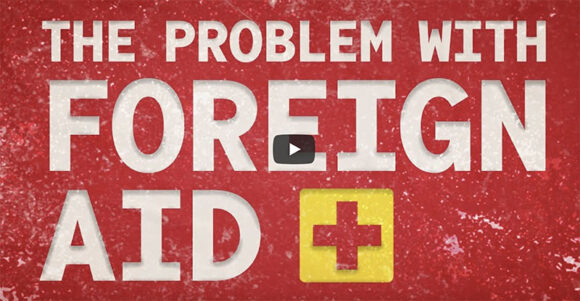
It’s quite rare when the U.S. media has something nice to say about Africa. This week was an exception, in The New York Times, in an interactive digital article about the population growth and economic growth of the African continent. The median age in Africa here in 2023 is just 19 years old, nearly a decade younger than in India and the rest of South Asia. By 2050, more than 1/3rd of all...

















